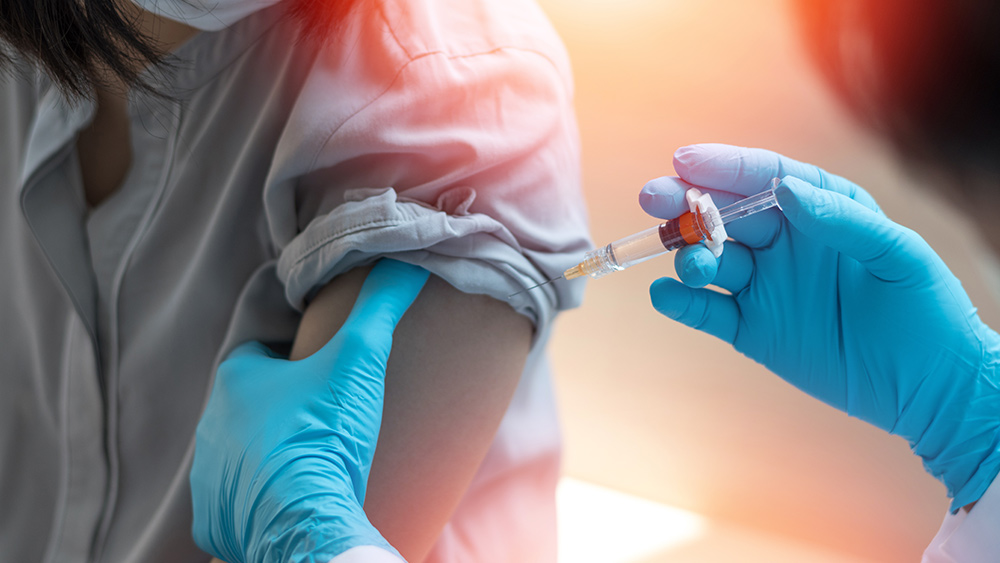 Parler
Parler Gab
Gab
Nearly 3 in every 100 vaccinations lead to adverse reactions
Researchers used data from the Atrius Health provider and patient community. This community serves several Agency for Healthcare Research and Quality (AHRQ) inclusion populations, particularly low-income and minority populations in urban settings. Atruis currently employs an estimated 700 physicians who care for 500,000 patients at over 18 locations all over the greater Metropolitan Boston area. Most of the Atruis physicians are primary care internal medicine physicians or pediatricians, but the network also includes physicians from every major specialty. All the young and adult patients cared for by Atruis are included in the data used for the adverse event surveillance system. Based on the preliminary data collected from June 2006 to October 2009 on 715,000 patients, nearly 1.4 million doses of 45 different vaccines were administered to 376,452 individuals. Out of the recorded doses, 35,570 possible reactions or 2.6 percent of tracked vaccinations have been identified. This suggests that there is an average of 890 possible events, or an average of 1.3 events per clinician every month. While adverse events from drugs and vaccines are common, most cases are underreported. And while 25 percent of patients experience an adverse drug event, less than 0.3 percent of all adverse drug events and one to 13 percent of serious events are actually reported to the FDA. Adding to that is the fact that fewer than one percent of vaccine adverse events are reported. Low reporting rates makes it harder to identify drugs and vaccines that can harm citizens, such as the hastily produced COVID-19 vaccines. To ensure public safety, the researchers have called for new surveillance methods for drug and vaccine adverse effects. The following can also hinder the reporting adverse effects:- Lack of clinician awareness.
- Uncertainty about when and what to report.
- Burdens of reporting: The reporting process isn't part of clinicians' usual workflow. It takes time and is often repetitive.
Steve Quayle: Truth about aliens and destruction of human race will be revealed
By Kevin Hughes // Share
They are screwing with the weather maps: SUN is BAD!
By News Editors // Share
“Morally and intellectually corrupt”: UCLA professor resigns in protest over viewpoint intolerance
By News Editors // Share
Governments continue to obscure COVID-19 vaccine data amid rising concerns over excess deaths
By patricklewis // Share
Tech giant Microsoft backs EXTINCTION with its support of carbon capture programs
By ramontomeydw // Share
Germany to resume arms exports to Israel despite repeated ceasefire violations
By isabelle // Share










